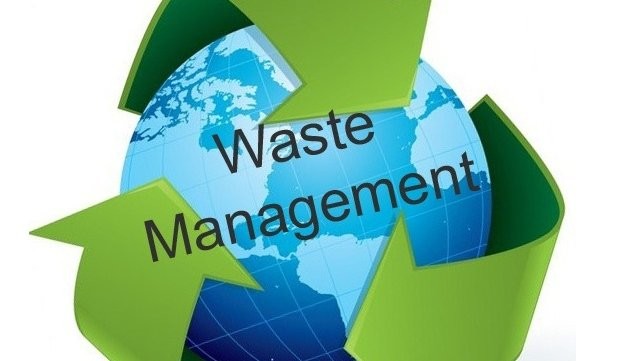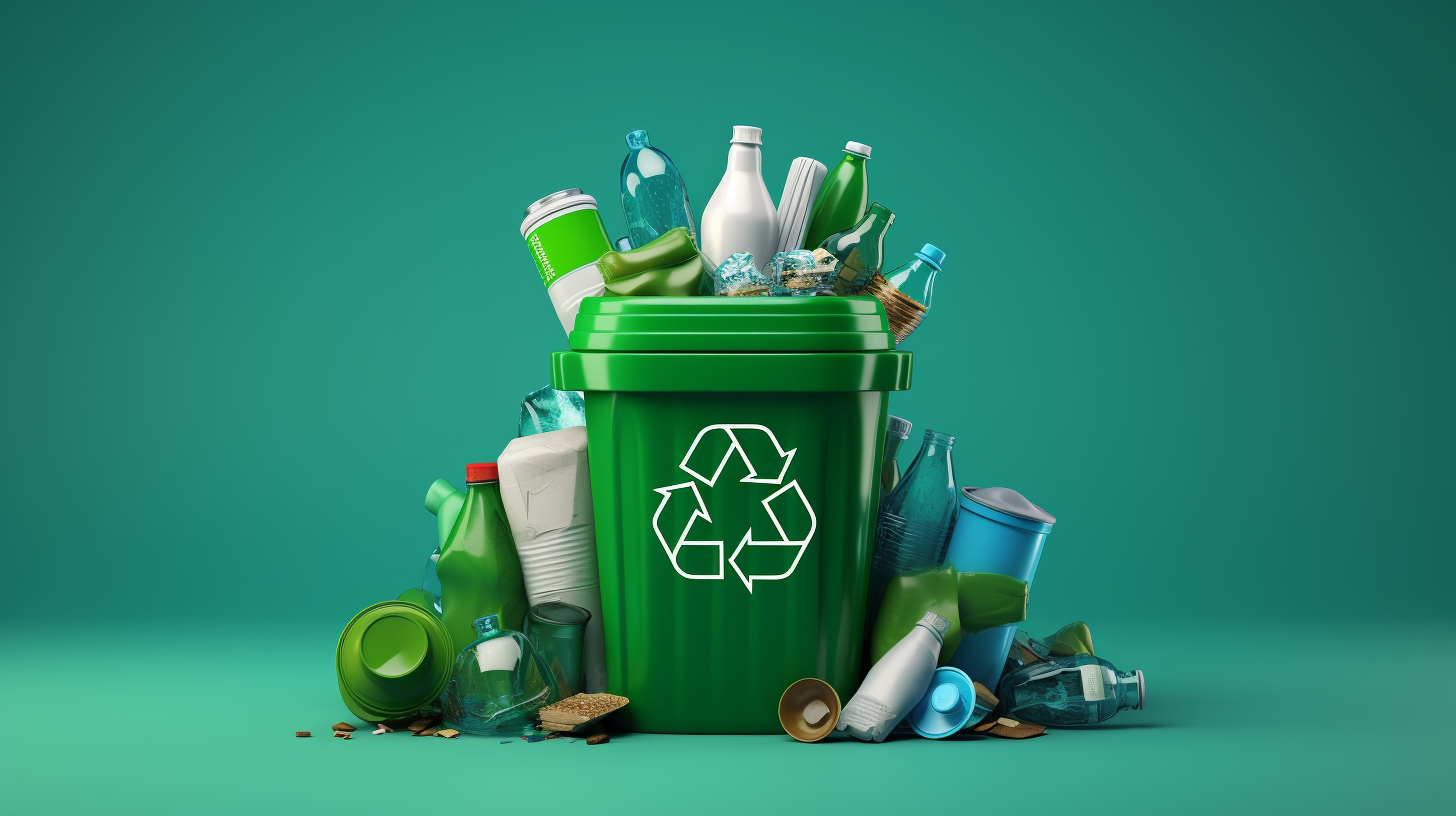Discovering Different Kinds Of Waste in Modern Waste Management Solution
The modern landscape of waste monitoring includes browsing a complicated array of waste kinds, each needing specialized handling and disposal techniques to alleviate ecological effects. Community solid waste, harmful waste, digital waste, and natural waste each present distinct obstacles and opportunities for resource healing. Innovative remedies such as clever waste containers and waste-to-energy technologies are becoming essential tools in enhancing effectiveness and sustainability. Comprehending these waste kinds is vital for fostering public understanding and encouraging energetic engagement in lasting practices. What techniques can efficiently address these varied sorts of waste while promoting a circular economic climate?
Metropolitan Strong Waste
Metropolitan strong waste, often referred to as home garbage or waste, encompasses a selection of discarded products produced by household, commercial, and institutional sources within a municipality. This waste stream typically includes products such as product packaging, food scraps, lawn trimmings, paper, plastics, textiles, and thrown out home goods. The management of municipal solid waste is an important part of city preparation and public wellness, necessitating reliable collection, transport, and disposal systems.
Efficient waste administration systems are developed to decrease ecological influence while optimizing resource recovery. This often involves a combination of methods including landfilling, composting, and recycling. Reusing programs target materials like paper, glass, metals, and particular plastics, diverting them from landfills and reintroducing them right into the production cycle. Composting natural waste, such as food scraps and yard trimmings, not just minimizes land fill usage but likewise produces useful soil changes.
Municipalities need to likewise address the logistical and economic difficulties related to waste monitoring. Implementing pay-as-you-throw systems, improving public understanding, and buying modern technology can considerably boost waste diversion prices. By incorporating these techniques, towns can foster sustainable communities, lower greenhouse gas emissions, and preserve natural deposits.
Contaminated Materials

Efficient dangerous waste monitoring involves several essential actions: identification, partition, disposal, and treatment. Recognition involves the classification of waste based on its harmful residential properties. Partition guarantees that hazardous materials are kept independently from non-hazardous waste to avoid cross-contamination. Treatment techniques, such as chemical neutralization, incineration, and stabilization, are utilized to reduce the toxicity, volume, or movement of the waste. Disposal options, including protected garbage dumps and below ground storage space, are picked to guarantee long-lasting containment.
Governing structures, such as the Source Preservation and Recovery Act (RCRA) in the USA, provide guidelines and criteria for contaminated materials monitoring. Adherence to these guidelines, coupled with developments in waste treatment technologies, is essential in mitigating the threats related to contaminated materials.
Digital Waste
Digital waste, generally described as e-waste, represents a rapidly growing challenge in waste management systems worldwide. This type of waste encompasses disposed of electronic gadgets and tools such as mobile phones, computers, tvs, and other electronic devices. The rapid rate of technological development, paired with reducing item life expectancies and customer demand for the most recent devices, has exponentially increased the volume of e-waste generated each year.
E-waste is particularly troublesome because of its complicated make-up, commonly having unsafe compounds like mercury, lead, and cadmium, which present significant environmental and wellness risks if not appropriately taken care of. Conversely, e-waste likewise has important products such as silver, gold, and copper, which can be recovered and reused. The dual nature of e-waste-- both harmful and beneficial-- requires specific handling, reusing, and disposal processes.
Effective e-waste monitoring includes rigorous governing structures, durable collection systems, and progressed reusing technologies. Public awareness and participation are vital, as inappropriate disposal practices, such as unlawful dumping and informal recycling, exacerbate ecological contamination and carcinogen. Boosting e-waste monitoring methods is crucial next for reducing ecological impact and recovering valuable resources in a progressively electronic globe.

Organic Waste
Organic waste, comprising kitchen scraps, lawn trimmings, and farming residues, stands for a substantial part of the international waste stream. This sort of waste is eco-friendly, suggesting it can be damaged down by microbes right into simpler organic compounds. Despite its possibility for natural disintegration, improper monitoring of natural waste can bring about adverse environmental impacts, including the emission of greenhouse gases such as methane, which add to environment modification.
Efficient administration of natural waste is critical for decreasing these ecological effects (recycling lives services). Composting is a widely embraced method, changing organic waste into nutrient-rich garden compost that can enhance dirt health and farming performance. Additionally, anaerobic digestion is an emerging innovation that transforms natural waste right into biogas, a renewable energy resource, and digestate, which can be made use of as plant food
Municipalities and waste management entities need to implement robust natural waste collection and treatment programs to make best use of the benefits of these processes. Public education campaigns can also play a critical function in motivating households and services to different organic waste from various other kinds of waste. By prioritizing the management of organic waste, cultures can lower this content land fill usage, reduced greenhouse gas exhausts, and develop beneficial byproducts for agricultural use.

Ingenious Waste Administration
In the world of waste management, cutting-edge methodologies are transforming exactly how societies handle their refuse, aiming for sustainability and effectiveness. One popular development is the implementation of clever waste containers outfitted with sensors that keep an eye on fill levels and optimize collection routes.
Another notable development is the fostering of waste-to-energy (WtE) technologies. By transforming non-recyclable waste into usable power with processes such as incineration and anaerobic food digestion, WtE decreases landfill burden and gives a renewable resource resource. Improvements in chemical reusing enable for the failure of complex plastics right into their original monomers, enabling the creation of brand-new, high-grade plastic products.
Additionally, the round economy version is acquiring traction, emphasizing the design of items and systems that prioritize reusability and source performance. This alternative method motivates markets to reduce waste generation from the start. Through these cutting-edge methods, modern-day waste monitoring systems are not only attending to the prompt challenges of waste disposal but also leading the way for a much more lasting future.
Conclusion
A comprehensive understanding of local strong waste, harmful waste, digital waste, and organic waste, paired with the execution of cutting-edge waste management solutions, is essential for mitigating ecological impacts. Incorporating innovations such as smart waste bins and waste-to-energy systems can boost performance and sustainability. Efficient waste administration methods not only foster source healing but additionally advertise public understanding and engagement, ultimately contributing to the growth of a round economic situation.
The contemporary landscape of waste management entails navigating a complicated array of waste types, each requiring specialized handling and disposal methods to alleviate environmental influences. Metropolitan solid waste, dangerous waste, digital waste, and organic waste each present distinct challenges and chances for source recovery.Electronic waste, commonly More about the author referred to as e-waste, stands for a swiftly expanding challenge in waste administration systems around the world. Through these ingenious techniques, contemporary waste administration systems are not just resolving the instant difficulties of waste disposal however additionally paving the method for an extra sustainable future.
A thorough understanding of municipal strong waste, dangerous waste, digital waste, and natural waste, combined with the implementation of cutting-edge waste administration remedies, is essential for alleviating ecological impacts. (recycling lives services)